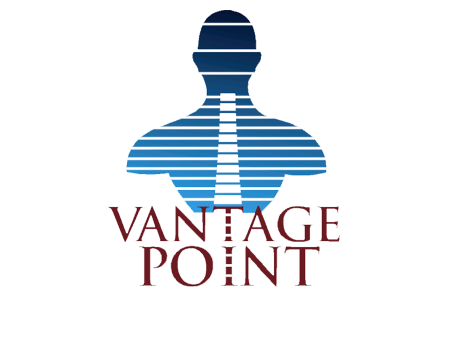Chiropractic for TMJ Pain
Originally posted by the Alberta College and Association of Chiropractors
When most people think of the work a chiropractor does, their thoughts immediately go to correcting problems with the back, neck, spine, etc.
Perhaps, the last place you’d expect a chiropractor to relieve pain is in your jaw.
Your chiropractor may be able to relieve pain in your jaw, specifically your temporomandibular joint (TMJ), which can be a common sore spot for many people.
A study showed that specific adjustments of the TMJ may be appropriate for the conservative treatment of temporomandibular dysfunction (TMD).
What is the TMJ?
The TMJ connects the lower jaw to the skull in front of the ear. Certain facial muscles that control chewing are also attached to the lower jaw. You can easily find your TMJ by placing your fingers in front of either ear and opening your mouth. You should feel changing shapes beneath your fingers. Problems with the TMJ or the surrounding structures cause TMD.
What are some of the problems that cause TMD?
There are number of causes for TMD. The most common is clenching your jaw or grinding your teeth during sleep. These moments overwork the jaw muscles and put pressure on the joint.
TMD can also be caused by the following:
- Disc dislocation
- when ill-fitting dental fillings, crowns, dentures, etc. make the bite uneven
- trauma to the mouth i.e. a fall directly on the jaw or dental surgery
- hereditary issues
- specific diseases such as rheumatoid arthritis, gout or fibromyalgia
What are the symptoms of TMD?
TMD can have many symptoms that can be present all the time, or come and go. Some of these include;
- trouble opening and closing your mouth
- jaw locking, clicking or popping
- headaches
- pain in the jaw
- pain in the neck or face
- difficulty chewing
- ear pain
How can my chiropractor help?
Your chiropractor will first assess the cause of your TMD. Most TMJ conditions respond well to conservative treatment like chiropractic.
If your chiropractor decides your specific case of TMD can benefit from chiropractic treatment, they may proceed with a few different methods, such as chiropractic adjustments, Myofascial Release, which works to relax muscles and soft tissue in order to optimize their function, or active release therapy, which is meant to release scar tissue.
Your chiropractor will also work with your dentist to ensure that the treatment chosen is the correct one for you.
Your chiropractor may also advise you of certain postural changes you can make, especially in the upper-neck, which could be causing or contributing to your TMD as well.
For more blogs and information like this, follow us on Twitter or like us on Facebook.
Posted on: September 15, 2016Alberta College and Association of Chiropractors